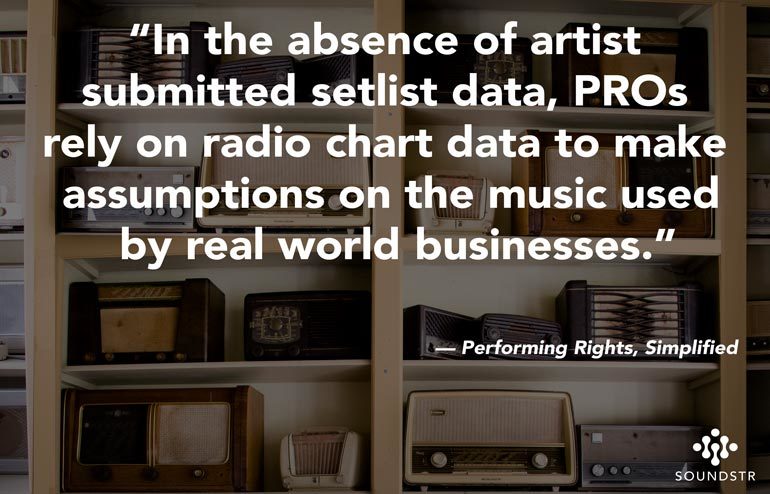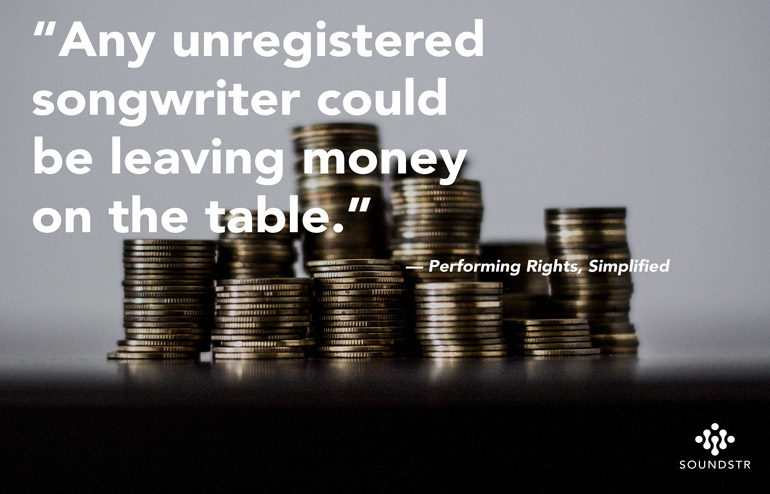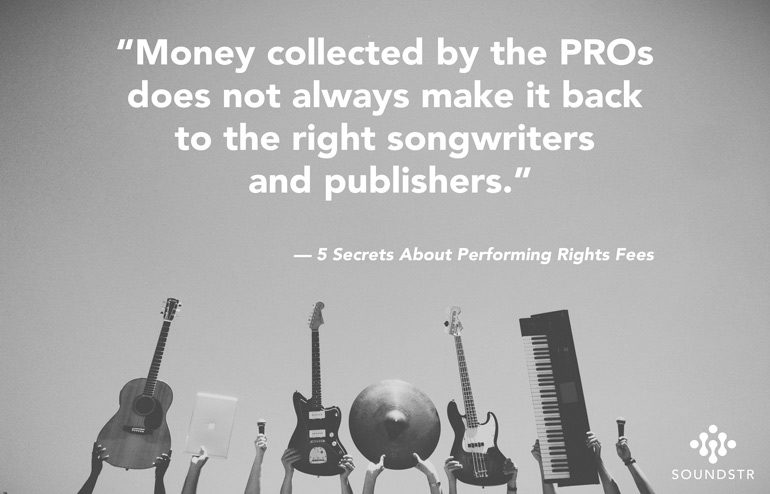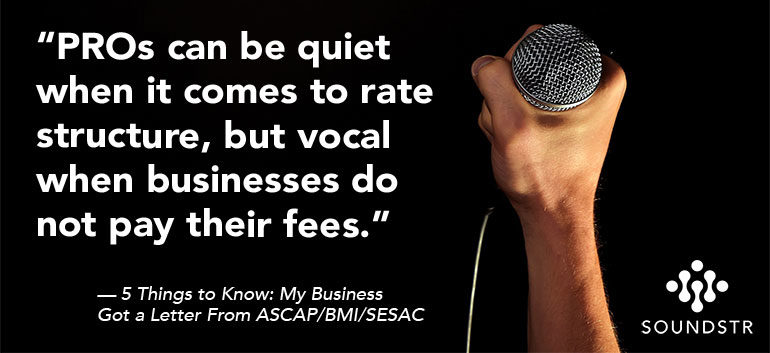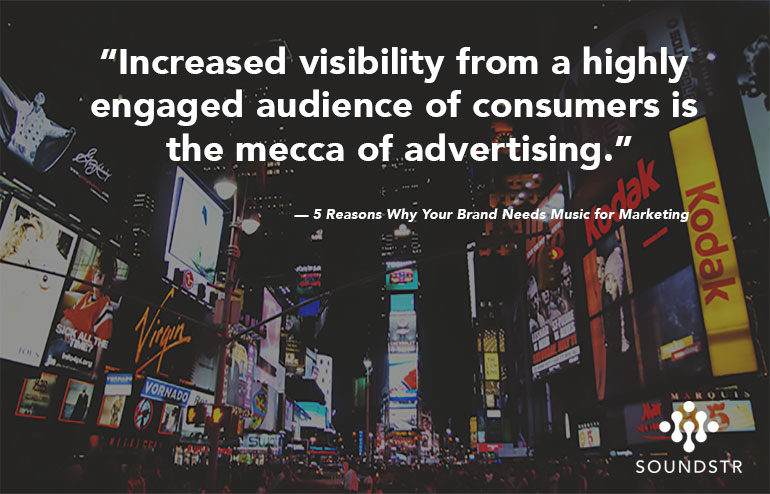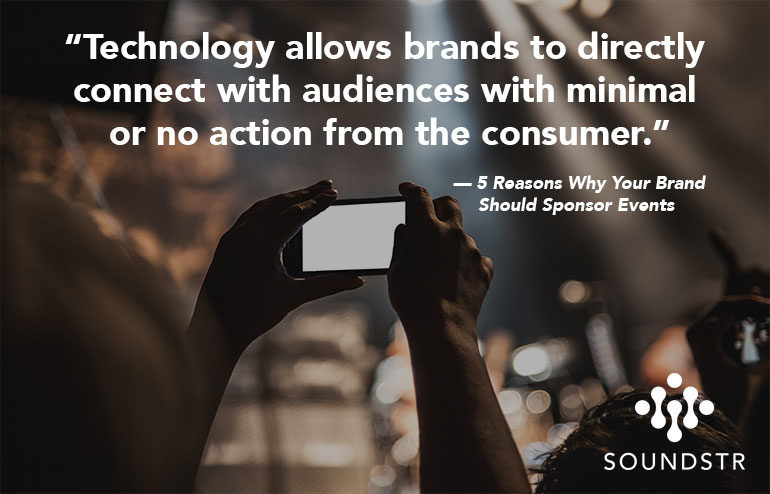Continuing our series on Performing Rights, Simplified, let’s dive into the topic that everyone wants to know about – money.
Let’s start with a quick review. Performing rights are the right to perform music in a public setting. This can be via radio broadcast (terrestrial), television, in a business or venue. Any performance (“use”) of a song (“work”) requires the user to pay the songwriter and publisher. A songwriter is a composer and lyricist (often the same person, although these can be different parties). The publisher is the individual or organization that controls the payment of the song. The distribution of the payment to the respective party is a royalty.
We know that Performing Rights Organizations (“PROs”) are big companies. ASCAP and BMI manage 10.5 million songs each, with SESAC managing 400,000. (Global Music Rights is not publicly stated.) These groups license TV Stations, Radio Stations, Digital Services and over 100,000 real-world business establishments. This is a multi-billion dollar industry.
So the big question is, where does this money go?
Following the dollar starts with how PROs collect fees from music users. There are four main categories: radio stations, TV networks, digital services and businesses/venues. There are distinct qualities that make these mediums different.
1. Radio & TV
In general, radio and TV focus on pre-recorded material. (This is aside from any live performances on these mediums.) Music broadcast over these mediums requires licensees to submit playlist information. This comes in the form of playlists from radio and manually submitted playlists “cue sheets” from TV stations and video content producers. In some regards, these mediums are ahead of others, but still leave room for error from lack of verification.
2. Song Weight/Value
There are a variety of factors that determine the “value” of a song performance. Christiane Kinney, a music attorney at LeClairRyan, LLP explored how “not all performances of music are weighed equally.” Here is the post from DIY Musician (via CD Baby):
- the type of usage (e.g., “featured” or “on camera” performances, theme, background, jingle/promo, infomercial, etc.);
- where the music is performed (e.g., commercial, college, or satellite radio, NPR, network or local TV, cable networks, etc.)
- the negotiated rate each licensee pays (with commercial radio and network TV stations paying the highest rates); and
- for TV and cable performances, the time and length of the performances (with longer clips receiving higher royalties, and prime time paying more than late-night or midday programming).
The unfortunate side of having so many variables is that the PROs do not offer much transparency. BMI lists several breakdowns surrounding creator royalty collection, without any hard numbers. ASCAP’s website offers their royalty calculator. But without key variables for the formula, it doesn’t offer much help.
(source: ASCAP Payment System)
3. Businesses & Venues (General Licensing)*
Until recently, limitations in technology have prevented music recognition in real-world commercial settings. This means that PROs charge music users based on the ability to use all music from their catalog. This “general blanket license” gives businesses and venues the ability to play any music from a PRO’s catalog. This fee structure is different from radio and TV, who are only charged for the music they use. Imagine paying for everything on the menu at a restaurant, allowing you to eat anything, as opposed to the only item you want to eat.
*Promoters
Concert promoter licenses are a special use case within the area of General Licensing. Rather than pay blanket licenses, large concert promoters deduct PRO fees from touring artists on a per ticket basis. A deduction is made for all PROs, without consideration of the performing songwriter’s PRO affiliation or the PRO affiliation of the music broadcast between bands. This means performing artists pay the fees for music they don’t perform.
4. Radio Proxy
Song weight/value play a major role in determining what songwriters are compensated for live performances. In the absence of artist submitted setlist data, PROs rely on radio chart data to make assumptions on the music used by real world businesses. They assume the music played on the radio is the same as the music played in a business. Less than 2,000 radio stations are monitored by digital technology and there are over 10,000 radio stations in the United States. Many songwriters never stand a chance of being paid. A recent proof-of-concept study uncovered only 20% of the music used in those businesses was also broadcast on the radio. This mean 80% of the songs heard in businesses were not receiving general performance royalties and worse, that money was being paid out to the wrong individuals!
5. Temporary Solution
The PROs have made an attempt to start compensating songwriters for live performances. ASCAP OnStage, BMI Live, and SESAC’s Live Performance pay songwriters for submitting setlists. But this process relies on an action from the songwriters. There are movements like #IRespect Music and #MusicTransparency are trying to change this. They encourage PROs to adapt technology for more transparency and a fee structure based on actual music use, like radio and TV. Technology could improve accuracy across all mediums. Verification would help songwriters and publishers receive compensation for commercial music use.
We’ve identified the problem: lack of transparency. Royalty collection and distribution are not utilizing proper technology solutions. This is an outdated and inefficient system. So, how do we fix the problem? That’s exactly what Soundstr is working to do, and what we’ll discuss in Performing Rights, Simplified P3: The Problem & Solution.
- How Performing Rights Organizations calculate royalty fees

